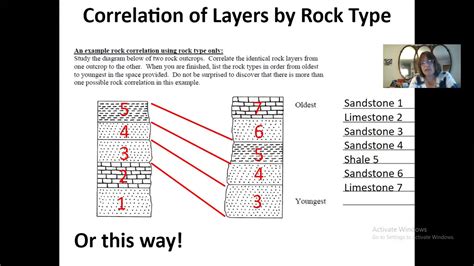Your cart is currently empty!
February 13, 2025
Here’s a comprehensive article on Layer 1 vs. Layer 2 market correlation in cryptocurrencies and its impact on cryptocurrency markets:
The Layer 1 vs. Layer 2 Dilemma: Understanding Cryptocurrency Market Correlation
The cryptocurrency world has seen a huge amount of price volatility over the past year, leaving seasoned investors wondering what’s driving these trends. Two major issues have emerged from this landscape: Layer 1 (L1) and Layer 2 (L2) market correlation.
Layer 1 (L1): The Heart of Cryptocurrency Markets
Layer 1 refers to traditional blockchain networks like Bitcoin and Ethereum. L1 platforms are considered the foundation on which other cryptocurrencies are built. Each L1 network has its own unique features, advantages, and disadvantages.
- Blockchain Technology: Layer 1 is an open-source, decentralized blockchain with a fixed number of coins (e.g. Bitcoin). It enables peer-to-peer transactions without intermediaries.
- Scalability:
L1 networks typically have limited scalability due to the blockchain technology they are based on. This limits their ability to handle large transaction volumes and large-scale applications.
- Security: Layer 1 networks are generally considered more secure than Layer 2 networks because they are not subject to the risks associated with smart contract vulnerabilities that can exist on Layer 2 platforms.
Layer 2 (L2): A Bridge to Scalability
Layer 2 refers to an additional layer of blockchain technology. L2 networks act as a bridge between a traditional blockchain and decentralized applications (dApps) built on L1. They enable faster, cheaper, and more scalable transactions without compromising security.
- Decentralized Applications: L2 networks support the creation and deployment of decentralized applications (dApps) that can be accessed via a Layer 2 wallet or liquidity pool.
- Scalability: Although Layer 2 networks are not as scalable as traditional blockchains, they are capable of handling large transaction volumes. They also offer greater flexibility in terms of network configuration and smart contract functionality.
- Security: Layer 2 provides a higher level of security compared to Layer 1 due to the additional layers of verification and validation required to conduct transactions.
Market Correlation: A Key Factor in Cryptocurrency Markets
Market correlation is a fundamental aspect of cryptocurrency market analysis. It involves measuring the relationship between two or more markets in order to identify possible patterns, trends, or threats. In the context of cryptocurrency markets, correlation refers to the degree to which different assets move together in response to economic and market signals.
- Mean Reversion: The concept of mean reversion assumes that cryptocurrency prices will eventually revert to their historical average, driven by fundamental factors such as supply and demand.
- Risk Aversion: Cryptocurrency investors are typically risk averse and prefer safer investments like stocks and bonds over cryptocurrencies. This can lead to correlation between asset classes, where assets move based on market sentiment.
Cryptocurrency Market Correlation: Layer 1 vs. Layer 2 Layer 2
When it comes to cryptocurrency markets, Layer 1 and Layer 2 networks operate independently of each other. However, there is a complex interaction between the two:
- Layer 1 Correlation: Cryptocurrency prices are often influenced by movements in the L1 market, as these networks underpin decentralized applications and liquidity pools.
- Layer 2 Correlation: Layer 2 networks can amplify or mitigate the effects of changes in the L1 market, depending on factors such as transaction fees, gas costs, and smart contract functionality.
Conclusion

The relationship between Layer 1 and Layer 2 markets is multi-faceted. Understanding this interaction is crucial for investors looking to navigate the intricacies of the cryptocurrency market.
